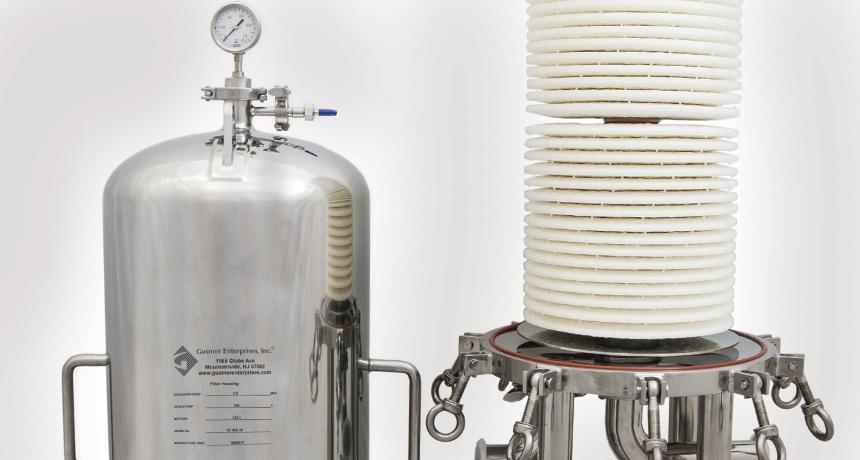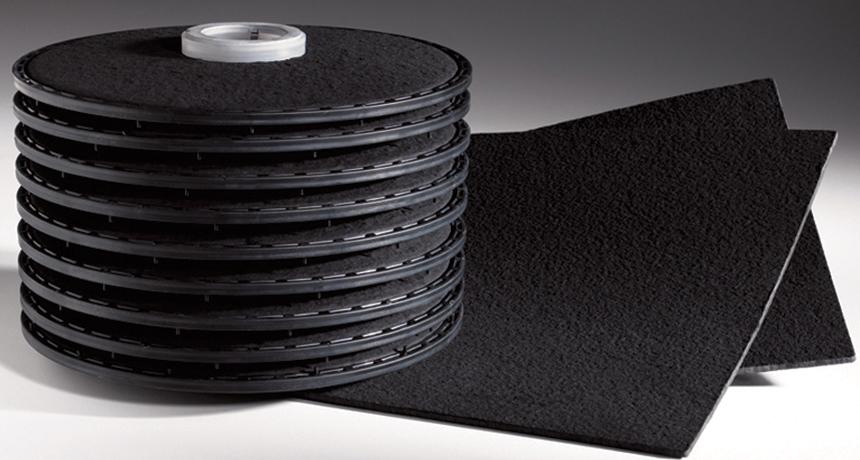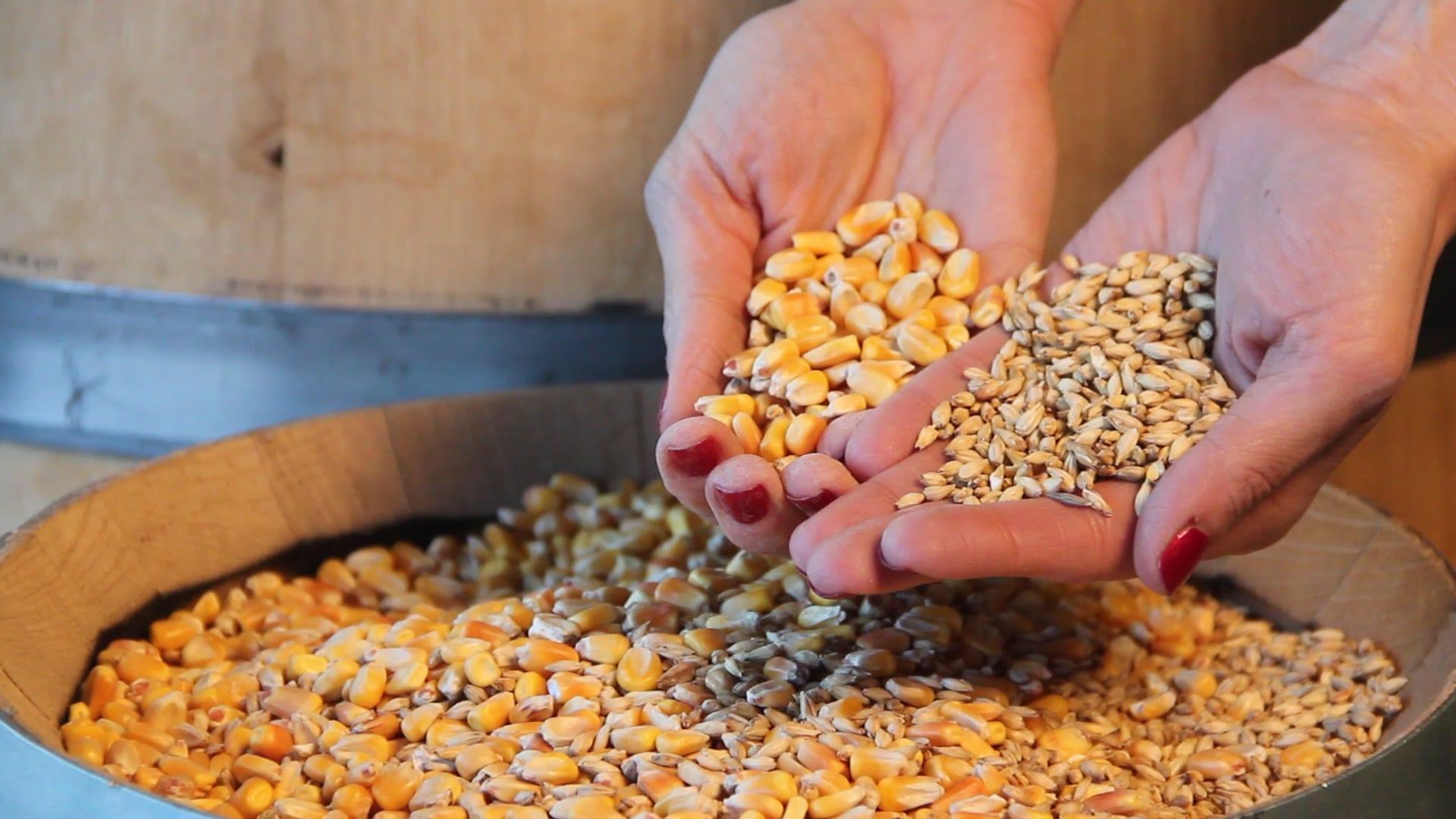
The Art of Non-Alcoholic Spirits
blog
For decades, spirits and cocktails have fostered a culture of craft, connection, and celebration. But over time, cocktail culture has evolved far beyond the buzz!

Written by Nathan Kreel, PhD, Technical Sales Representative, and Mui Lay, Product Manager, Gusmer Enterprises
There are many different options and strategies for finishing a product through filtration. Each step is met with a balance of cost, time, product stability, and acceptance of the outcome. Filtration can be performed on any spirit of any age, blend, and formulated combination thereof, and doing so is dependent on the aforementioned factors. To understand filtration, it is important to understand what the product to be filtered is, the filtration media and application, and the desired product coming out at this stage in production.
Filtration is divided into three main categories: coarse, polish/standard, and sterile/pre-bottling filtration. Some products may require all three steps; some may only require one or two in combination. Regardless, filtration must follow a path of open coarse porosity to tighter finer porosity- and not vice versa.
The most commonly used pieces of equipment are a plate and frame press or lenticular housing. Both filter presses and lenticular housings come in a variety of sizes to handle small- and large-volume filtration jobs. The initial upfront equipment costs for each are comparable and will depend on the size of the equipment. Each has their pros and cons for use.
Plate and frame filters are just as the name implies- a horizontal lying steel unit with a series of square plates set on rods. Depth filter sheets are inserted one at a time between each plate, with each sheet inverted one after the other. The filter press is tightened so that the media is sealed by pressure from opposing sides. The gaskets on the plates meet to form inlet and outlet ports: unfiltered product flows in through the cockled side and filtered product comes out through the smooth side of the depth media sheet.
There are also several benefits to using a filter press. Depth filter sheets are less expensive per square foot of filter media compared to lenticular filters. They come in a full range of grades and sizes, including media embedded with active carbon.
Filter presses can be very cost effective and gains in efficiency can be made through optimization of the flow rates, media grades, and time to process.
Of course, there are some drawbacks with using a filter press. First of all, it can be time consuming having to load and line up each sheet individually. The size of a filter press is determined by the dimensions of the plates and frames and by the number of the plates and frames on the press, which can cause a filter press to take up a large footprint in your facility.
Second, filter presses are not enclosed, so they can drip. Any spirit you are filtering will be exposed to the environment, which comes with its own set of risks, and some product losses can be expected.

Lenticular housings are vertical housings designed to hold lenticular filters. The housings consist of a steel base on legs with a dome. Lenticular filters are inserted over a center post on top of a diverter plate and stacked one on top of another.
The lenticular filters are tightened together by the filter nut assembly to form a seal between the gaskets located on the top and bottom of each lenticular filter. The dome is placed onto the base and the entire system is sealed shut. Unfiltered product flows into the inlet and is forced through the lenticular filter media to the center of the filters, where the filtered product then exits the outlet.
Since they are sealed during operation, lenticular housings are more sanitary than plate and frame filters. Other benefits of using a lenticular stack include the ease of loading for a filtration run, the smaller footprint space taken up in the facility due to its vertical orientation, a low holdup volume, and less product loss.
Further, lenticular media can be stored in between uses to extend the life of the filter media. The housings are available in different diameters with 12" and 16" diameters being the more common sizes. They are also available in different height configurations that can hold from 1 to 4 lenticular filters.
Like filter sheets, gains in efficiency for lenticular filters can be made through optimization of the flow rates, media grades, and processing time.
Lenticular filters are made up of pre-assembled "stacks" of filter sheets that have been molded together using plastic, and they come in a wide range of filter media (including those embedded with active carbon). However, a higher cost and difficulty in optimizing surface area per volume are drawbacks that should be taken into consideration.
The larger housing units may also require overhead pulley systems to lift off the housing dome, which has added cost and process implications.
Filtration can seem daunting to those just starting out, but help is available. Working with a knowledgeable filter media supplier that can guide you through the process will make it less intimidating and more satisfying to produce your premium product. Gusmer Enterprises has been providing Service with Knowledge® since 1924 to the beverage industry- and we can help you, too. Contact Gusmer to learn more.
Interested in advancing your knowledge of distilling and the spirits industry? Check out Moonshine University's upcoming courses to learn from the best in the business.
Written by Nathan Kreel, PhD, Technical Sales Representative, and Mui Lay, Product Manager, Gusmer Enterprises

blog
For decades, spirits and cocktails have fostered a culture of craft, connection, and celebration. But over time, cocktail culture has evolved far beyond the buzz!

blog
Those that are familiar with the process of crafting distilled spirits may also be familiar with the 10 common congeners that are created during fermentation, and honed during the distillation run. Each congener has its own distinct personality, rendering unique tastes and aromas to the finished spirit.

blog
So, you want to start distilling with freshly milled grain. Maybe you're tired of paying top dollar for the pre-milled stuff from the malt distributor, and you're ready to invest in the quality, efficiency, and bulk pricing that comes with milling your own whole grain. But where do you start?